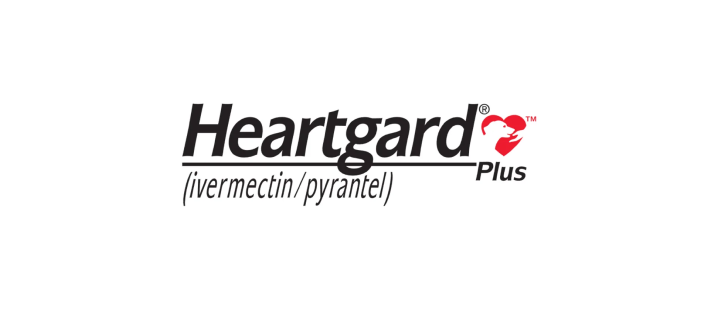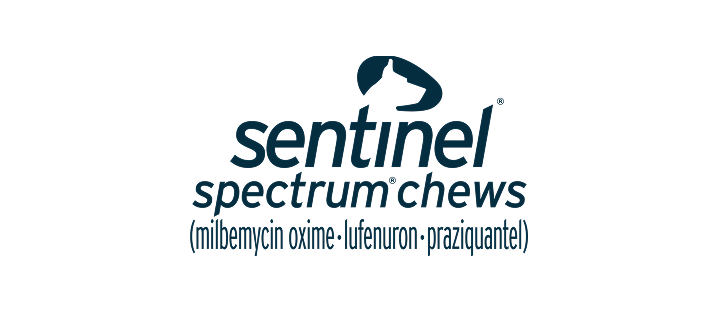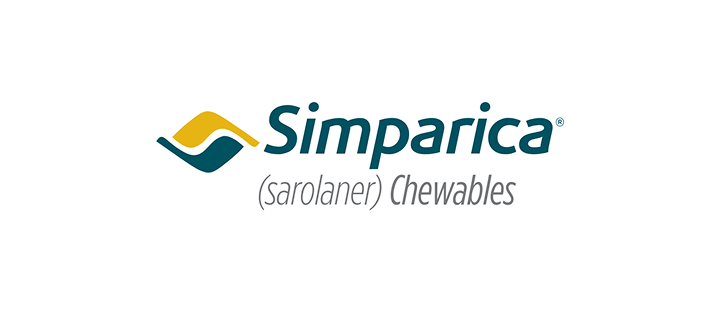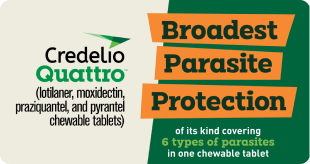Palladia
Prescription required.
You already have a

subscription.
You already have a

subscription in cart.
Prescription required.
You already have a

subscription.
You already have a

subscription in cart.


What is Palladia?
Palladia is an anti-cancer medication that treats Patnaik grade II or III, recurrent, skin mast cell tumors (MCT) with or without regional lymph node involvement in dogs. It is the first FDA-approved drug for canine cancer. Palladia requires a prescription from your veterinarian and is sold per tablet.
For:
Dogs (Over 24 months of age, weighing 11 lbs or more)
Benefits:
- Treats mast tumor cells
- Helps shrink tumors
How does Palladia work?
Palladia works by killing tumor cells and by cutting off the blood supply to the tumor, which helps shrink and prevent tumor growth.
Cautions:
Palladia is for oral use in dogs only. Do not give to dogs that are pregnant, breeding or lactating. Use with caution in dogs with liver problems. Because Palladia is an anti-cancer drug, extra care must be taken when handling the tablets, giving to your dog, and cleaning up after your dog. Wash your hands after handling tablets. Wear protective gloves if handling broken or moistened tablets or when cleaning up after your dog because Palladia is present in the urine, stool, and vomit.
Brand Name:
Palladia (Zoetis)
Generic Name:
toceranib phosphate
What is the most important thing I should know about Palladia?
Palladia is an anti-cancer drug that requires a prescription from your veterinarian. It treats mast tumor cells and helps shrink tumors. The active ingredient in Palladia is toceranib phosphate. Palladia is sold per tablet. The safe use of Palladia hasn't been evaluated in dogs less than 24 months of age or weighing less than 11 lbs. Do not give to dogs that are pregnant, breeding or lactating. Use with caution in dogs with liver problems.
What should I discuss with my veterinarian before giving Palladia to my pet?
Tell your veterinarian if your pet is pregnant, breeding, or lactating. Also, tell your veterinarian about any medications or supplements your pet is taking.
How should Palladia be given?
Follow your veterinarian's instructions exactly as directed. Administer Palladia orally. It can be given with or without food or hidden inside a treat, but be certain your dog swallows the entire tablet. Do not split or crush the tablet. Palladia must be swallowed whole. Typically, the initial dose is 1.48 mg/lb (3.25 mg/kg) body weight, orally every other day. Dose reductions of 0.23 mg/lb (to a minimum dose of 1.0 mg/lb (2.2 mg/kg) every other day) and dose interruptions (cessation of Palladia for up to two weeks) may be utilized, if needed, to manage adverse reactions. Adjust dose based on approximately weekly veterinary assessments for the first 6 weeks and approximately every 6 weeks after.
What are the potential side effects of Palladia?
The most common side effects of Palladia include diarrhea, decreased/loss of appetite, lameness, weight loss, and blood in the stool. Stop Palladia immediately and contact your veterinarian if you notice any of the following changes in your dog: refusal to eat, vomiting or watery stools (especially if more frequent than twice in 24 hours), black tarry stools, bright red blood in vomit or stools, unexplained bruising or bleeding, or if your dog experiences other changes that concern you.
What happens if I miss giving a dose of Palladia?
If you miss giving your dog a dose, give the next scheduled dose as prescribed. Don't double the dose.
What happens if I overdose my pet on Palladia?
If an overdose of Palladia is suspected, contact your veterinarian immediately.
What should I avoid while giving Palladia to my pet?
Avoid giving to pets that are pregnant, breeding, or lactating. Use with caution in dogs with liver problems. Do not use in dogs less than 24 months of age or weighing less than 11 lbs.
What other drugs will affect Palladia?
Use non-steroidal anti-inflammatory drugs with caution in conjunction with Palladia as it increases the risk of gastrointestinal ulceration or perforation. Tell your veterinarian if your pet is taking any prescription or over-the-counter medications or supplements.


Palladia Directions:
- Follow your veterinarians instructions exactly as directed.
- Palladia should be given orally. Do not split the tablets. Make sure your dog swallows the whole pill
- Typically, the initial dose is 1.48 mg/lb (3.25 mg/kg) body weight, orally every other day.
- Dose reductions of 0.23 mg/lb (0.5 mg/kg) body weight to a minimum dose of 1 mg/lb (2.2 mg/kg) body weight and dose interruptions may be utilized, if needed, to manage adverse reactions.
Palladia can be given with or without food.
Palladia Dosage:
| Weight | Dosage |
|---|---|
| 11.0-11.8 lbs | Administer 15 mg orally every other day. |
| 11.9-15.2 lbs | Administer 20 mg orally every other day. |
| 15.3-18.5 lbs | Administer 25 mg orally every other day. |
| 18.6-22.0 lbs | Administer 30 mg orally every other day. |
| 22.1-25.4 lbs | Administer 35 mg orally every other day. |
| 25.5-28.7 lbs | Administer 40 mg orally every other day. |
| 28.8-32.2 lbs | Administer 45 mg orally every other day. |
| 32.3-35.5 lbs | Administer 50 mg orally every other day. |
| 35.6-38.8 lbs | Administer 55 mg orally every other day. |
| 38.9-42.3 lbs | Administer 60 mg orally every other day. |
| 42.4-45.6 lbs | Administer 65 mg orally every other day. |
| 45.7-50.7 lbs | Administer 70 mg orally every other day. |
| 50.8-59.3 lbs | Administer 80 mg orally every other day. |
| 59.4-65.9 lbs | Administer 95 mg orally every other day. |
| 66.0-71.2 lbs | Administer 100 mg orally every other day. |
| 71.3-76.3 lbs | Administer 110 mg orally every other day. |
| 76.4-79.6 lbs | Administer 115 mg orally every other day. |
| 79.7-84.7 lbs | Administer 120 mg orally every other day. |
| 84.8-94.8 lbs | Administer 130 mg orally every other day. |
| 94.9-105.0 lbs | Administer 150 mg orally every other day. |
| 105.1-110.0 lbs | Administer 160 mg orally every other day. |
| 110.1-113.5 lbs | Administer 165 mg orally every other day. |
| 113.6-118.6 lbs | Administer 170 mg orally every other day. |
| 118.7-128.8 lbs | Administer 180 mg orally every other day. |
| 128.9-138.9 lbs | Administer 200 mg orally every other day. |
| 139.0-144.0 lbs | Administer 210 mg orally every other day. |
| 144.1-157.6 lbs | Administer 215 mg orally every other day. |
| 157.7-173.1 lbs | Administer 250 mg orally every other day. |
| 173.2-177.9 lbs | Administer 260 mg orally every other day. |
| 178.0-191.6 lbs | Administer 265 mg orally every other day. |
| 191.7-220.5 lbs | Administer 300 mg orally every other day. |
| Cats | Do not use! |
|---|
| Horses | Do not use! |
|---|
Storage:
Store Palladia at at controlled room temperature. Keep out of the reach of children.


Palladia Ingredients:
| Active Ingredient (per tablet) | Amount |
|---|---|
| Toceranib phosphate | 10 mg |
| Active Ingredient (per tablet) | Amount |
|---|---|
| Toceranib phosphate | 15 mg |
| Active Ingredient (per tablet) | Amount |
|---|---|
| Toceranib phosphate | 50 mg |


 Swipe
Swipe










































